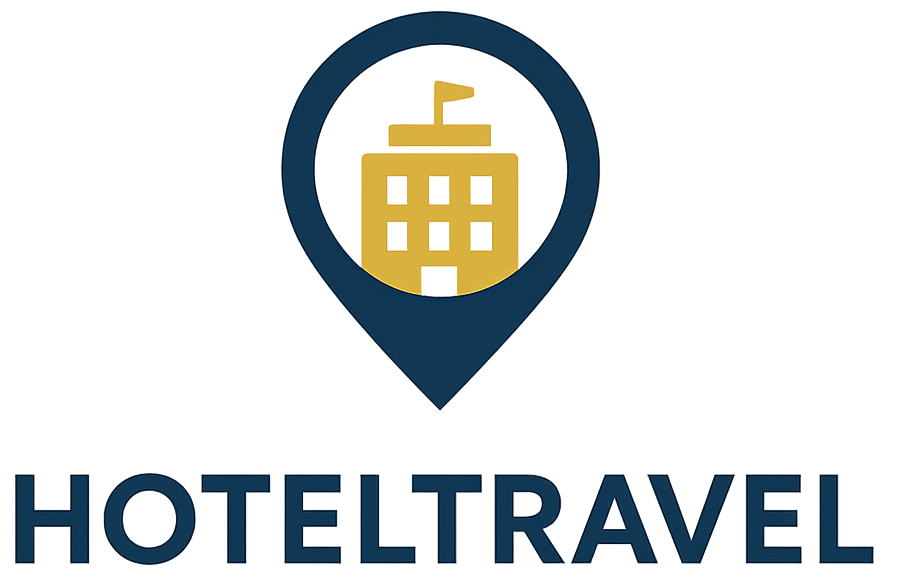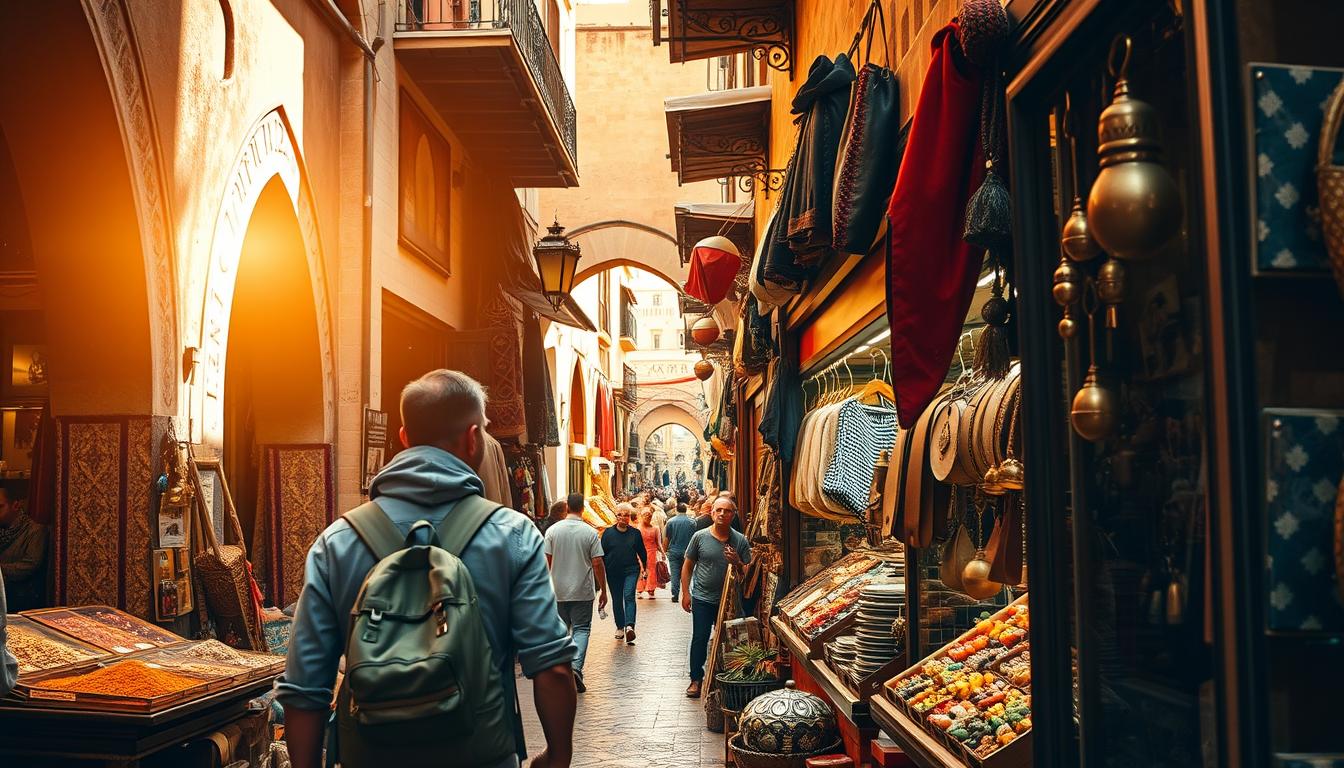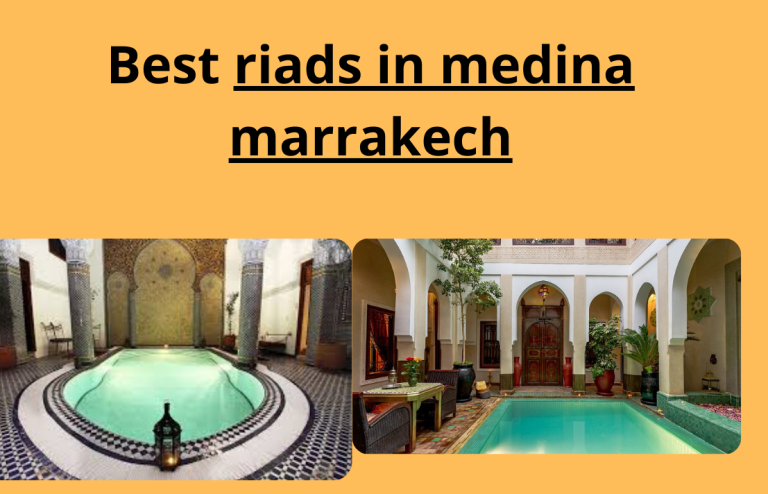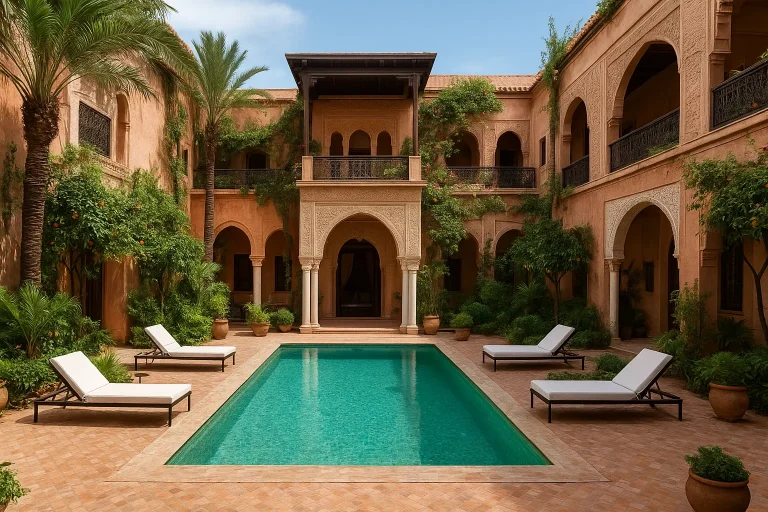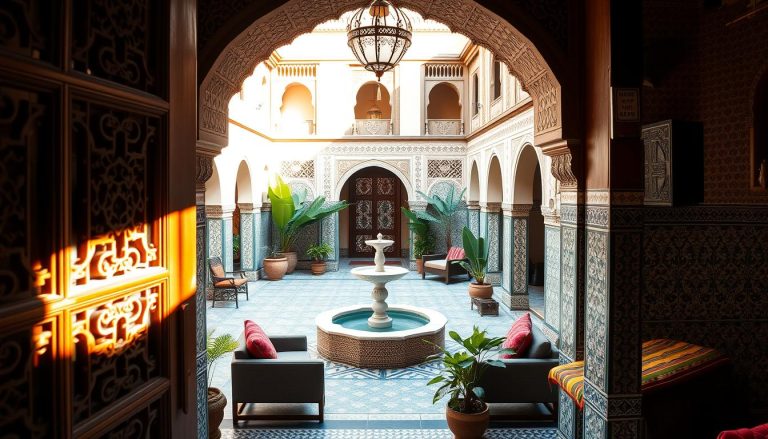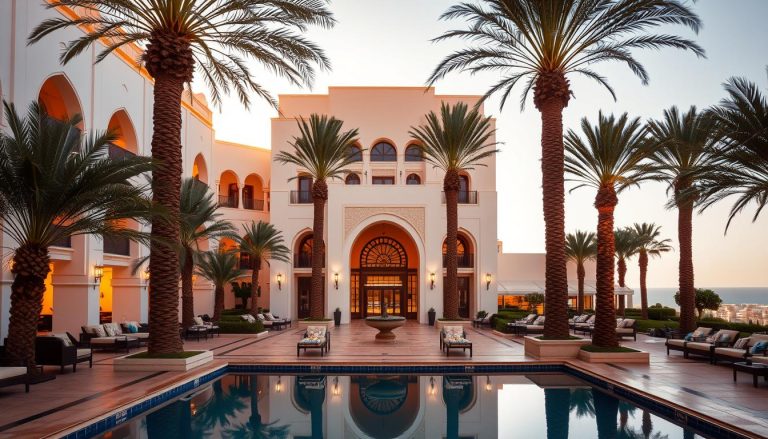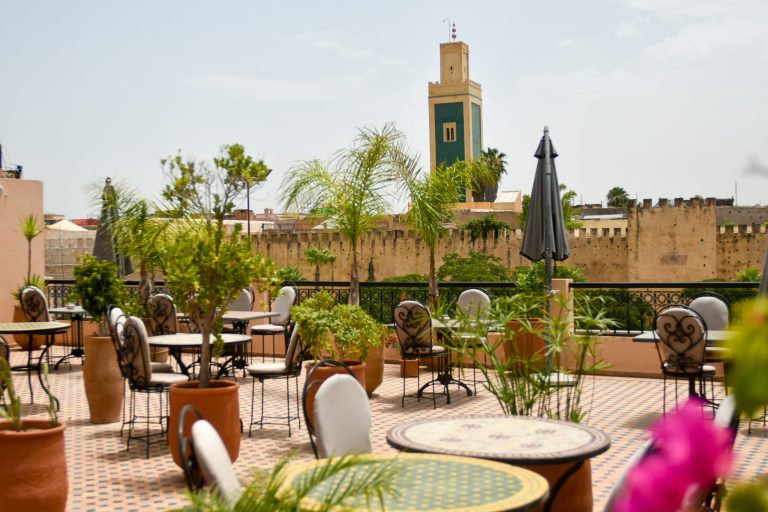when is the best time to travel to morocco
Morocco is a captivating country known for its remarkably diverse landscapes, from the peaks of the High Atlas Mountains to the sweeping sands of the Sahara Desert, and the vibrant colors of its souks in cities like Marrakech. While it’s considered a year-round travel destination, the best time to visit Morocco truly depends on your preferences and the activities you plan to enjoy.
This comprehensive guide will help you navigate Morocco’s climate zones, cultural calendar, regional highlights, and essential travel tips to plan an unforgettable adventure. Whether you’re dreaming of camel treks through golden dunes, exploring ancient medinas, or hiking snow-capped mountains, understanding when is the best time to travel to Morocco will ensure your journey exceeds every expectation.
Morocco’s Seasons at a Glance: Understanding Regional Climates & Travel Patterns
Morocco experiences four distinct travel seasons, each impacting prices, crowd levels, and experiences across its varied landscapes. Understanding these seasonal patterns is crucial for determining when is the best time to travel to Morocco for your specific interests.
Spring (March – May): Peak Season Perfection
Weather: Generally mild and pleasant (15°C to 25°C), with lush landscapes and blooming flowers creating a photographer’s paradise.
Best For: Outdoor activities, city explorations in Marrakech, Fez, and Chefchaouen, mountain trekking, and experiencing Morocco’s natural beauty at its most vibrant.
Considerations: Peak tourist season means higher crowds and prices, especially around Easter. Book accommodations well in advance as luxury riads often reach 85% occupancy rates.
Summer (June – August): Coastal Escapes & Evening Magic
Weather: Extremely hot inland (often exceeding 40°C in Marrakech and desert regions), while coastal cities like Essaouira and Rabat enjoy moderate climates with refreshing ocean breezes (25-28°C).
Best For: Coastal escapes, beaches, water sports, and evening cultural activities in cities when temperatures become more bearable.
Considerations: High tourist season along the coast due to European holidays. Inland cities present significant challenges for daytime exploration, requiring adaptation to local rhythms.
Autumn (September – November): Second Peak Season
Weather: Mild and comfortable temperatures return (15°C to 25°C), with subsiding summer heat and plenty of sunshine creating ideal conditions.
Best For: Diverse activities including desert tours, mountain trekking, cultural city visits, and photography expeditions.
Considerations: Second high season means popular destinations remain busy, making advance booking essential for preferred accommodations and experiences.
Winter (December – February): Desert Adventures & Mountain Sports
Weather: Cooler days (10°C to 20°C inland) with significantly colder nights, especially in the Atlas Mountains and Sahara Desert (can drop below 0°C). Snow transforms the mountains into winter sports destinations.
Best For: Sahara Desert adventures including camel treks and camping, winter sports like skiing in the Atlas Mountains, and quieter, more authentic city experiences.
Considerations: Pack warm clothing for dramatic temperature drops. Peak prices and crowds surge around Christmas and New Year holidays.
Morocco Month by Month: Your Detailed Travel Planner
January: Winter Magic & Desert Clarity
Weather: The coolest and wettest month with daytime temperatures ranging 10-20°C. Atlas Mountains showcase snowy peaks while Sahara skies remain brilliantly clear, though nights turn frigid.
Best For: Desert exploration with manageable daytime temperatures, winter trekking in the Atlas Mountains, and authentic city experiences in Marrakech and Fez without tourist crowds.
Crowds & Prices: Generally crowd-free with the lowest hotel rates, making luxury riads available from $150/night.
Festivals/Events: Experience Yennayer (Amazigh New Year) celebrations in the High Atlas, offering cultural immersion opportunities.
Tip: Pack abundant warm layers for evenings and desert nights when temperatures plummet unexpectedly.
February: Blossoms & Mountain Adventures
Weather: Reduced rainfall with slight temperature increases signal early spring’s arrival, creating ideal conditions for outdoor adventures.
Best For: Desert hiking and camel rides, summiting Mount Toubkal (with proper winter gear), exploring historic medinas in Fez and Meknes, and witnessing almond blossoms in the Anti-Atlas.
Crowds & Prices: Minimal queues at popular attractions, lowest flight prices from Europe ($200-300 round trip), and excellent accommodation deals.
Festivals/Events: The spectacular Annual Almond Blossom Festival in Tafraout transforms landscapes into pink and white wonderlands.
March: Spring’s Awakening & Blooming Landscapes
Weather: Peak season begins with comfortable 20-25°C temperatures. The entire country bursts into bloom with lush vegetation painting landscapes in vivid colors.
Best For: Exploring iconic cities including Marrakech, Fez, and Chefchaouen, desert camps with high satisfaction rates, and hiking through vibrant flora displays.
Crowds & Prices: Tourist traffic increases significantly as prices begin climbing toward peak season rates.
Festivals/Events: The International Nomad Festival in M’Hamid El Ghizlane celebrates desert culture and traditions.
April: Peak Season Perfection & Diverse Experiences
Weather: Ideal temperatures (20-25°C) showcase landscapes at peak vibrancy with longer daylight hours extending adventure possibilities.
Best For: Combining desert and mountain experiences, hiking in Middle and High Atlas with blooming flora against snow-capped peaks, and exploring historical sites in perfect conditions.
Crowds & Prices: Highest hotel occupancy rates (85%) mean luxury riads often book months in advance. Easter brings additional tourist rushes.
Festivals/Events: The mystical Sufi Festival in Fez offers spiritual and cultural experiences.
May: Festival Season Begins & Coastal Charms
Weather: Summer warmth hints arrive with temperatures climbing to 28°C, maintaining pleasant conditions while popularity peaks.
Best For: Final comfortable window for desert exploration before summer heat, mountain trekking, and coastal regions entering prime season.
Crowds & Prices: High demand requires advance booking for activities and accommodations. Flight prices from North America begin substantial increases.
Festivals/Events: The famous Rose Festival in Kelaat M’Gouna and Mawazine Festival in Rabat showcase Morocco’s cultural richness.
June: Coastal Retreats & Cultural Music
Weather: Summer heat commences with slightly cooler temperatures than peak summer (25-28°C on coast, reaching 35°C inland).
Best For: Coastal areas including Essaouira, Agadir, and Casablanca offer cooling breezes and fresh seafood. Cultural experiences in Fez and Meknes medinas remain comfortable.
Crowds & Prices: Coastal cities attract crowds while inland cities offer excellent value with luxury riad rates dropping up to 40%.
Festivals/Events: The renowned Gnaoua World Music Festival in Essaouira, Fes Festival of World Sacred Music, and Cherry Festival in Sefrou create cultural celebrations.
July: Summer Adaptations & Mountain Escapes
Weather: Temperatures soar beyond 40°C inland while coastal areas including Essaouira, Rabat, and Tangier benefit from sea breezes.
Best For: Coastal regions, Atlas Mountains relief (Ifrane for hiking), and adopting local rhythms with early morning city exploration, afternoon rest, and evening activities.
Crowds & Prices: European summer holidays create popularity requiring advance booking across all destinations.
Festivals/Events: Jazzablanca Festival in Casablanca, cultural festivals in Tangier and Tetouan, and Marrakech Famous Expressions Festival.
August: Mediterranean Mood & Water Sports
Weather: The hottest month, particularly inland. Seek relief along Atlantic and Mediterranean coastlines, Todra Gorge, and Dades River areas.
Best For: Beaches and water sports in Taghazout and Dakhla for surfing, early morning historic site visits, museums, hammams, and vibrant evening local scenes.
Crowds & Prices: Peak European coastal visitor season drives high coastal hotel rates while desert accommodations offer discounts up to 50%.
September: Return to Perfect Weather & Cultural Harvests
Weather: Second high season begins as scorching heat subsides, comfortable weather returns, and abundant sunshine continues. Atlas Mountains enjoy moderate 10-20°C temperatures.
Best For: Trekking, swimming, exploring historical sites (except potentially hot Sahara regions), and culinary-focused travels celebrating seasonal harvests.
Crowds & Prices: Summer holiday crowds diminish while hotel prices return to high-season rates, making advance booking recommended.
Festivals/Events: Imilchil Marriage Festival in High Atlas and Date Festival in Erfoud celebrate local traditions.
October: Photographer’s Paradise & Desert Delights
Weather: Arguably the year’s most stable weather with pleasant, mild temperatures and clear skies. Mid-month Middle Atlas rains typically don’t disrupt hiking activities.
Best For: Photography expeditions, outdoor activities, full-operation desert excursions, mountain hiking, and city immersion in Fez, Marrakech, and Chefchaouen without extreme heat.
Crowds & Prices: Peak tourist season returns with hotel occupancy exceeding 80%, making advance booking essential.
Festivals/Events: Date season festivities offer sweet treats for food enthusiasts.
November: Autumn Glory & City Exploration
Weather: Mild temperatures with northern winter rains beginning. Desert regions maintain stable, comfortable conditions while Atlas Mountains display spectacular fall colors.
Best For: Sahara Desert adventures with bearable temperatures (though busier), city exploration with reduced foot traffic, and cozy cafe experiences with mint tea and pastries.
Crowds & Prices: Shoulder season provides excellent weather and crowd balance.
Festivals/Events: Marrakech International Film Festival and Sahara Desert Live concert create cultural highlights.
December: Winter Festivities & Contrasting Landscapes
Weather: Crisp days (10-20°C inland) with very cold nights, especially in mountains and desert (below freezing). Sahara offers clear skies and sunshine for sun-seekers.
Best For: Sahara Desert adventures including camel treks and camping, Atlas Mountains winter activities (skiing, snowshoeing, Mount Toubkal treks), and unique opportunities to ski and enjoy desert sunsets in single days.
Crowds & Prices: Generally crowd-free except Christmas and New Year (December 20 – January 6) when prices spike and riads sell out. Other periods offer lowest hotel rates.
Festivals/Events: Tan Tan Moussem (UNESCO-recognized cultural festival) celebrates traditional culture.
Choosing Your Adventure: Best Times for Specific Moroccan Experiences
Understanding when is the best time to travel to Morocco becomes clearer when focusing on specific activities and experiences you’re seeking.
Desert Exploration (Sahara Desert)
Ideal Times: October to November and February to April offer warm, pleasant daytime temperatures perfect for camel treks and camping, though nights can drop surprisingly below 0°C.
Avoid: Summer months (June to August) bring extreme heat exceeding 40°C, making outdoor activities challenging and potentially dangerous for heat-related illnesses.
Mountain Trekking (Atlas Mountains, Mount Toubkal)
Ideal Times: Spring (April to May) and Autumn (September to October) provide mild weather, melting snow reveals beautiful landscapes, and comfortable hiking conditions.
Winter Considerations: December to February trekking remains possible but requires specialized equipment including crampons and ice axes, plus experienced guides, especially for Toubkal summit attempts.
Coastal City Escapes (Essaouira, Rabat, Tangier, Agadir)
Summer Peak: June to August ocean breezes provide welcome inland heat relief, perfect for beaches and water activities.
Shoulder Seasons: April-May and September-October offer pleasant temperatures with fewer crowds for exploration and leisurely beach walks.
Winter Surfing: Taghazout becomes ideal for surfing with better wave conditions while maintaining warm weather and mild water temperatures.
City Exploration & Cultural Immersion (Marrakech, Fez, Chefchaouen, Meknes)
Prime Times: Spring (March to May) and Autumn (September to November) provide mild, comfortable temperatures for wandering souks, visiting landmarks, and enjoying cultural experiences.
Winter Benefits: December to February offer quieter, more authentic experiences with genuine local interactions in souks, avoiding peak crowds (except holiday spikes).
Essential Planning Tips for Your Morocco Trip
Documents & Entry Requirements
Passport: Must remain valid throughout your stay, with some countries requiring six months validity beyond exit dates.
Visa: Citizens of many countries including UK, USA, Canada, and EU don’t require visas for tourism stays up to three months.
Accommodation Address: Prepare your first accommodation’s name and address for airport entry procedures.
Currency & Money Matters
Moroccan Dirhams (MAD): The official closed currency only obtainable within Morocco.
Cash Preference: Widely used and often the preferred or only payment method accepted.
Exchange Strategy: Exchange small amounts at airports for immediate needs, but city center rates generally prove better.
ATM Availability: Widely available in major cities and towns. Always inform your bank about travel plans beforehand.
Accommodation Options
Riads: Highly recommended for authentic Moroccan experiences. Traditional houses with inner courtyards and gardens cater to all budget ranges.
Variety: Options span luxury hotels to budget hostels and unique desert campsites.
Booking Strategy: Research and advance booking proves essential, especially during peak seasons or holidays.
Transportation in Morocco
Arrival Options: Most travelers fly into international airports in Marrakech, Casablanca, or Fez. Spanish ferries to Tangier provide alternative access.
City Transportation:
- Walking: Best method for exploring Medinas and discovering hidden gems
- Taxis: Always agree on fares before starting journeys to avoid overpaying
- Tuk-tuks (Marrakech): Licensed primarily to handicapped drivers, offering affordable short-distance Medina transport
Inter-city Travel:
- Trains/Buses: Affordable and efficient for major cities like Casablanca, Marrakech, and Fez (Marrakech to Fez requires ~8 hours). Note: Chefchaouen lacks train service
- Car Rental: Provides flexibility but requires awareness of challenging roads and Arabic signage
Cultural Considerations
Conservative Dress: As a 99% Muslim country, respectful conservative dress covering knees and shoulders is strongly recommended, especially in religious places and during Ramadan.
Bargaining Culture: Essential in souks – never pay initial prices, aim for approximately half the opening quote, and be prepared to walk away.
Tipping Etiquette: Customary (~10% for waiters, often not included in bills). Tip luggage porters and tour guides appropriately.
Top Moroccan Destinations & Suggested Stay Durations
Marrakech (“The Red City”)
Why Visit: Unofficial cultural center featuring vibrant souks, Jemaa el-Fna square, historic palaces, and enchanting gardens.
Stay Duration: 3 days for main attractions; 1 week or more for deeper exploration and day trips.
Fez (“The Cultural Capital”)
Why Visit: Ancient medina, historic madrasas, and profound Sufi culture create unparalleled experiences.
Stay Duration: 2-3 days for essential highlights.
Chefchaouen (“The Blue Pearl”)
Why Visit: Iconic blue-washed buildings, unique Rif Mountains atmosphere, serene streets, and beautiful Spanish Mosque views.
Stay Duration: 1-2 days for complete immersion; easily accessible from Tangier (2 hours).
Coastal Cities (Essaouira, Rabat, Agadir, Tangier)
Why Visit: Ocean breezes, pristine beaches, water sports, historic medinas, and vibrant festival scenes.
Stay Duration: 2-4 days per city depending on planned activities.
Atlas Mountains
Why Visit: Hiking opportunities, trekking (Mount Toubkal), and winter sports (Oukaïmeden, Michlifen).
Stay Duration: 1-5 days for treks or specific mountain experiences.
Sahara Desert
Why Visit: Camel treks, overnight desert camps under star-filled skies, and unique cultural experiences.
Stay Duration: 2-4 days for complete desert tour experiences.
Overall Trip Recommendations: Visit major tourist destinations in 7-10 days; deeper Morocco exploration requires minimum 2 weeks.
Frequently Asked Questions
What is the overall best time to visit Morocco for general sightseeing?
Spring (March-May) and autumn (September-November) seasons are generally considered ideal, offering mild and pleasant temperatures across most regions while avoiding extreme heat or cold.
When is the best time for a Sahara Desert trip in Morocco?
The cooler months from October to November and February to April are optimal for desert exploration, providing warm days and comfortable conditions for camel treks and camping experiences.
Do I need a visa to travel to Morocco from the US, UK, or Canada?
Citizens of the US, UK, Canada, and most EU countries don’t need visas for tourism stays up to 3 months. Valid passports are required.
What should I pack for Morocco, especially regarding clothing?
Dress conservatively by covering knees and shoulders, particularly in religious sites and traditional areas, showing respect and avoiding unwanted attention. Pack layers as temperatures vary dramatically between day and night.
Is it safe for solo female travelers in Morocco?
While generally safe, solo female travelers should exercise caution, especially when walking alone at night, and remain firm in declining unwanted attention or scams. Companion travel can enhance comfort and safety.
Can I use credit cards everywhere in Morocco?
The official currency is Moroccan Dirham (MAD), and cash is widely preferred or the only accepted payment method in many establishments. ATMs are available in major cities, but always maintain cash reserves.
Tailoring Your Perfect Morocco Adventure
Morocco is a country of vibrant contrasts and unparalleled experiences, truly offering something for every traveler throughout the year. By carefully considering your personal preferences for weather, desired activities (from desert adventures to mountain treks or coastal relaxation), and tolerance for crowds, you can pinpoint the optimal time for your visit.
Remember that when is the best time to travel to Morocco ultimately depends on your individual priorities and interests. Whether you’re drawn to the mystical call of the Sahara, the architectural wonders of ancient medinas, or the refreshing Atlantic breezes along the coast, this guide provides the detailed insights needed to plan an incredibly rich and unforgettable cultural journey.
Use these comprehensive insights to make informed decisions, stay prepared for Morocco’s diverse conditions, and embrace the adventure that awaits in this captivating North African kingdom. Your perfect Moroccan adventure is waiting – now you have the knowledge to make it extraordinary.
